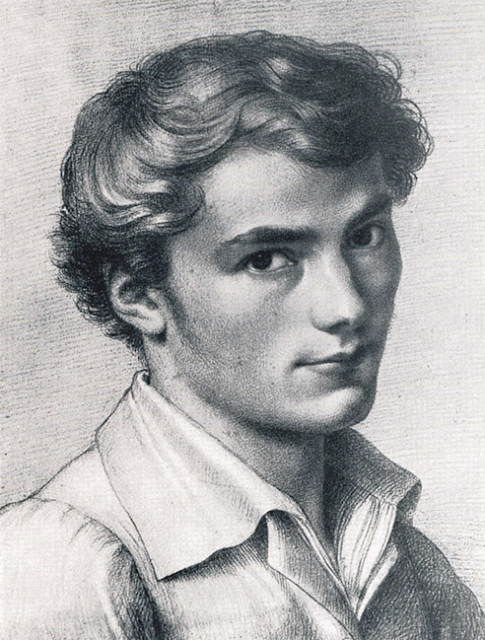Vocal Music
- The Lord is My Light – Mary Frances Allitsen (1848 – 1912)
Instrumental Music
- Wo soll ich fliehen hin, BWV 646 – J. S. Bach (1685-1750)
- Hymn to Joy; Finale – Charles Callahan (b. 1952)
Congregational Music (all hymns from the Hymnal 1982.)
- Hymn 376 Joyful, joyful, we adore thee (TUNE)
- Song of Praise S-280 Glory to God – Robert Powell
This Sunday we are so very fortunate to have one of the bright stars of Houston classical music singing for us during our virtual worship. Todd Miller is the driving force behind the music department at Lone Star College, Kingwood, where he has been on the faculty since 1994. Todd earned a Bachelor of Music degree in voice performance from the University of Louisville. He also obtained a Master of Music degree in voice performance from the University of Arizona. In addition, he holds a doctoral degree in voice performance and conducting from the University of Houston.
As a singer he has performed with the Houston Symphony, the Houston Choral Society, Houston Chamber Choir, Greenbriar Consortium, the San Antonio Symphony, and Opera, Des Moines Metro Opera, Opera in the Heights, and Carnegie Hall.
He is probably best known in Kingwood as the director of the Kingwood Chorale, which he has conducted since 1996, and as director of music at First Presbyterian Church in Kingwood. Since both churches are yet to meet live, it made it possible for us to collaborate for the music this Sunday.
I often joke when someone asks what music we will be doing on Sunday and say "Something by some dead white man."
The names of women and people of color are sorely lacking when you look at the list of music so often sung in most congregations. So when Todd gave me a choice between two songs, I chose "The Lord Is My Light," by the British composer Mary Frances Allitsen. So this Sunday I get to talk about a dead white WOMAN!
Frances Allitsen was born as Mary Bumpus in London, but her family moved to a small village where Frances felt isolated and lonely. She said of that time, "It was impossible to go out walking of an afternoon without it being imputed that I was going to see the young men come in on the train, where the chief subject of conversation was garments, and the most extravagant excitement sandwich parties." Her family did not support her interest in music and as a result she was discouraged from seeking a formal education in the subject.

She began her musical career as a singer, but her voice failed and she ended her singing career and turned to voice coaching and composing. She took some of her compositions to Thomas Henry Weist Hill, principal of the Guildhall School of Music, and he expressed his regret that she had put off serious study till so late. She began to apply herself to her musical studies with determination, but because she had to teach in order to support herself, and, at that time, this required travelling to her pupils' residences on trains and buses, she had to confine her studies to the night hours, in a state of fatigue. Later, on tour in America to promote her music, she told Etude magazine that, looking back, she scarcely knew how she lived through those days.
Allitsen published over fifty songs in many different styles, the most successful being the setting of Psalm 27 which we will hear this Sunday.
She also wrote two overtures, entitled Undine and Slavonique, a Funeral March, and a Tarantella, (which were performed by the Royal Artillery Band and by the Crystal Palace orchestra), and other piano pieces.
The opening voluntary is one of Bach's Schübler Chorales, "Wo soll ich fliehen hin" ("Whither shall I flee?") Named after its publish, Johan Georg Schübler, the original title was Sechs Chorale von verschiedener Art: auf einer Orgel mit 2 Clavieren und Pedal vorzuspielen (lit. 'six chorales of diverse kinds, to be played on an organ with two manuals and pedal')
At least five preludes of the compilation are transcribed from movements in Bach's church cantatas, mostly chorale cantatas he had composed around two decades earlier. The only questionable one is the one I'm playing today. There is no extant model from which the chorale prelude may have transcribed. Most scholars assume that the source cantata is one of the 100 or so believed to have been lost.
The trio scoring of the movement suggests the original may have been for violin, or possibly violins and violas in unison (right hand), and continuo (left hand), with the chorale (pedal) sung by soprano or alto.























